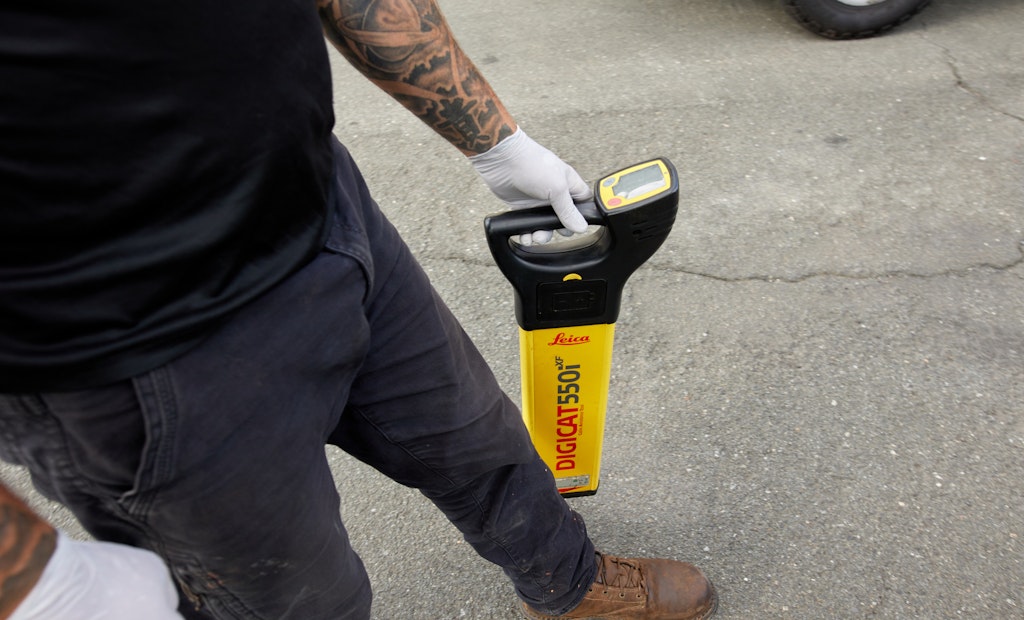Offering diverse services can pay dividends for drain cleaners. At New York-based Dr. Rooter, for example, owner Dave Ferrier has built a small business within his business by specializing in something that many plumbers and drain cleaners don’t always want to contend with:...
Contractor Finds New Revenue Stream in Locating Pipelines
Pipeline locating for a wide range of customers accounts for a quarter of Dr. Rooter's annual revenue, and often leads to additional drain cleaning work
Popular Stories
Discussion
Comments on this site are submitted by users and are not endorsed by nor do they reflect the views or opinions of COLE Publishing, Inc. Comments are moderated before being posted.






